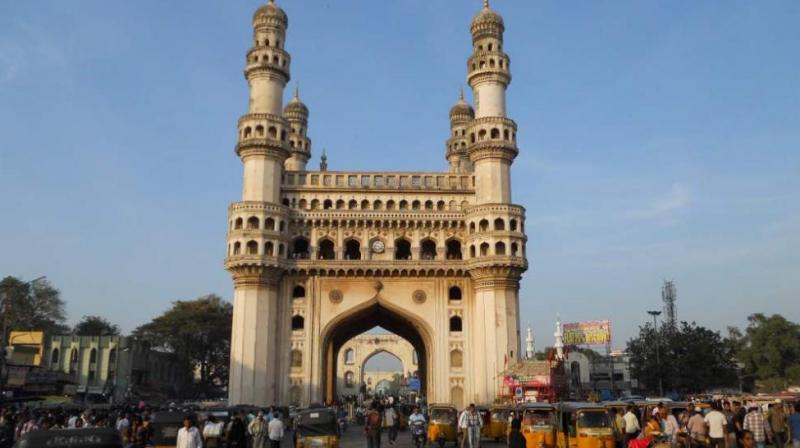How Pakistan staked claim to Hyderabad funds
The money had grown to a sizeable kitty of 35 million pounds in 70 years

In 2020, British courts settled a long-standing legal dispute between India and Pakistan involving one-million-pound sterling that the last Nizam, Mir Osman Ali Khan, had deposited in a British bank in the intervening period between the Partition in August 1947 and Hyderabad’s integration with the Union of India in September 1948.
The money had grown to a sizeable kitty of 35 million pounds in 70 years. It is widely believed in Hyderabad that the fund was transferred to a UK bank, with Pakistan being made its custodian without the knowledge of the Nizam. However, declassified documents of the ministry of states (currently the ministry of home affairs) show that the decision to involve Pakistan in the transaction was made with the full knowledge of the Nizam.
The secretly transferred funds from Hyderabad to London came to the notice of the Central government in November 1948. D.R. Pradhan, an ICS officer posted in Hyderabad after the ‘police action (Operation Polo)’, found a letter sent by Moin Nawaz Jung — the finance minister of the deposed government of the Nizam — to Mir Nawaz Jung, who was Hyderabad’s Agent-General in London. Pradhan sent a copy of the letter to V.P. Menon, the secretary of the ministry of states.
The letter dated April 4, 1948, was about two million pound sterling deposited just a few months back in a London bank. In the secret communication, Mir Nawaz Jung was asked to make a few changes to the operation of the London bank accounts.
The huge transaction was a part of the efforts on behalf of Nizam to secure his diplomatic, military and financial position, in the wake of India gaining freedom from colonial rule. The money was originally deposited in the London branch of the Imperial Bank of India (which became the State Bank of India in 1955).
As the Bank’s future became uncertain in independent India and its operations came under the purview of the Reserve Bank of India, Hyderabad transferred the money to the Westminster Bank in October 1947. The fund was deposited in the name of Hyderabad State Bank and was to be operated by the managing director and another officer of the bank, to be nominated by him/her. As the negotiations with India appeared to be breaking down, the Hyderabad government decided to break the deposit into two and transfer one million pounds to another account, in the name of the Nizam Government.
The new account was to be operated by the Hyderabad Agent General and/or by the finance minister of Hyderabad. Accordingly, Allen, then MD of the Hyderabad State Bank (later to be State Bank of Hyderabad) and officials of the Westminster Bank in London were informed. The Hyderabad State Bank was also asked to enter into a separate ‘agency agreement’ with the Westminster Bank. The decision was conveyed by M.A. Abbasi, deputy financial secretary, to Mir Nawaz Jung in London in November 1947. This was to bypass any scrutiny of the transactions by the Reserve Bank of India.
The second change Moin Nawaz Jung effected in the operation of the bank account was this, as elaborated in his letter: “In view of the present circumstances, it is considered advisable, as a measure of protection, that the High Commissioner of Pakistan in the UK, should also be authorized to operate this account and it has been communicated to the Westminster Bank. Like the Hyderabad Agent General, the High Commissioner of Pakistan will also operate on this account under instructions from the Finance Minister of the Nizam’s Government.”
That is how Pakistan staked a claim to the fund after the fall of the government of Mir Osman Ali Khan.
The bank accounts in London were used to make secret payments to former British military experts, lobbyists and legal experts hired by the Hyderabad government to push its agenda, and for the purchase of military equipment, armoured cars etc.
Such payments were made only after the finance minister authorized them, and the Agent General had to cable all receipts. Large sums were paid to the British interlocutors involved in negotiating with Portugal for the purchase of port facilities in Goa, in the event of land-locked Hyderabad becoming an independent country. The military intervention from India in September 1948 ended all such preparations and the dreams of independence for the Nizam. And the funds became disputed as Pakistan staked a claim to the money.
[Dinesh C. Sharma is a journalist and author based in New Delhi]

